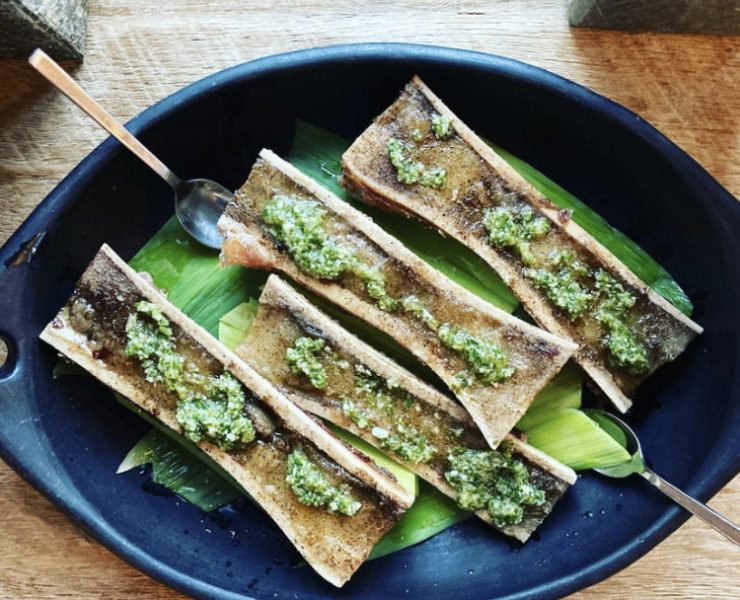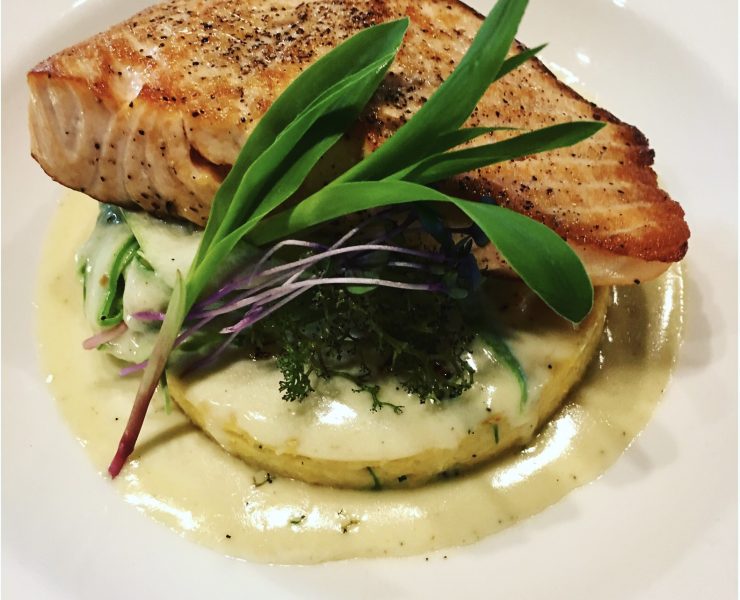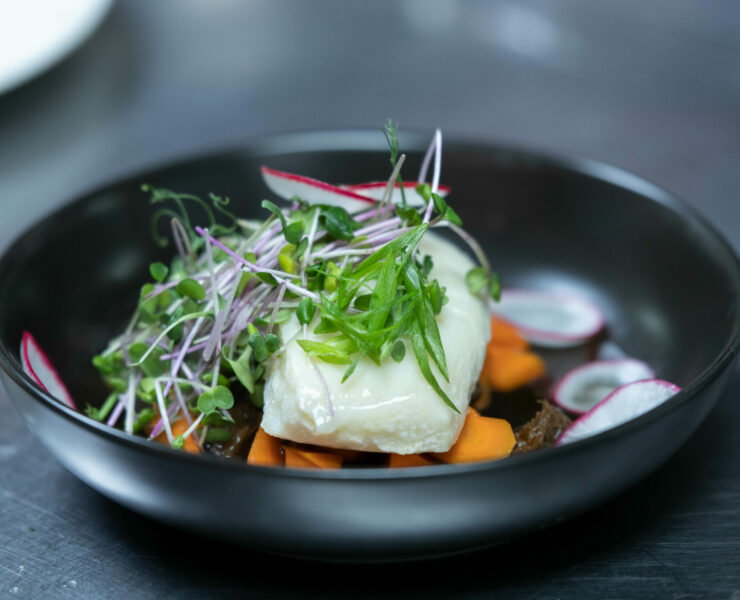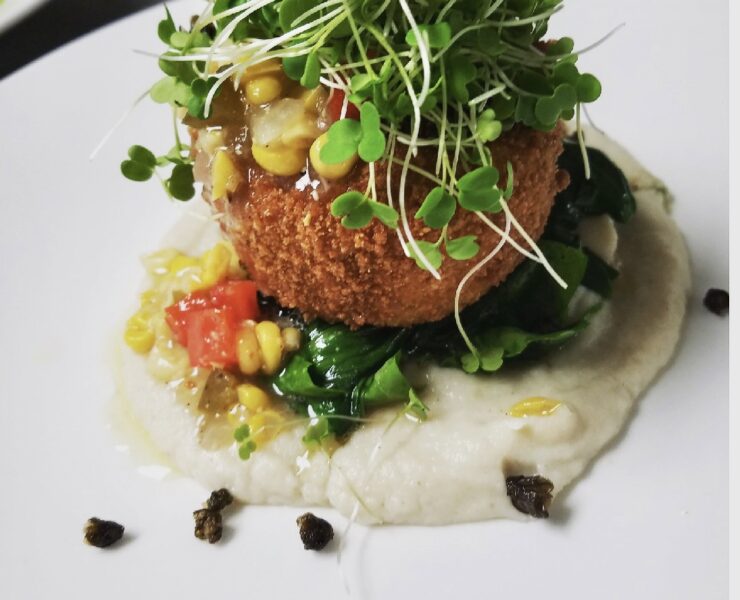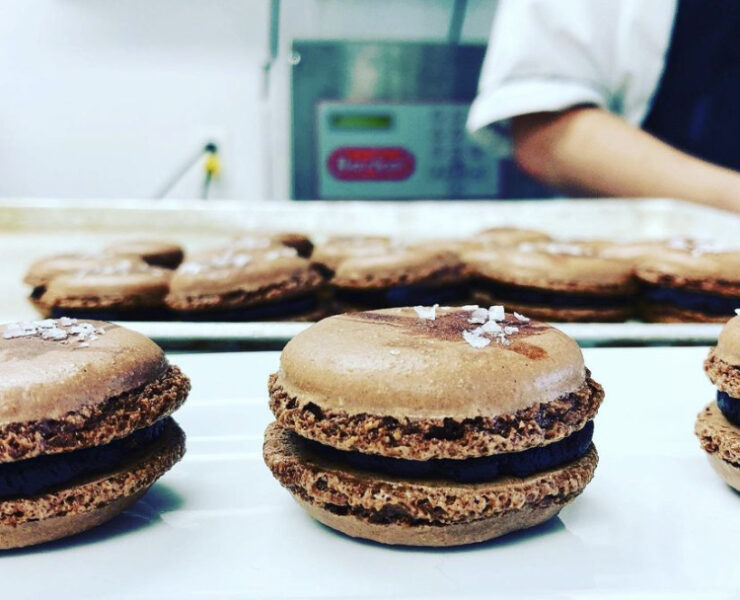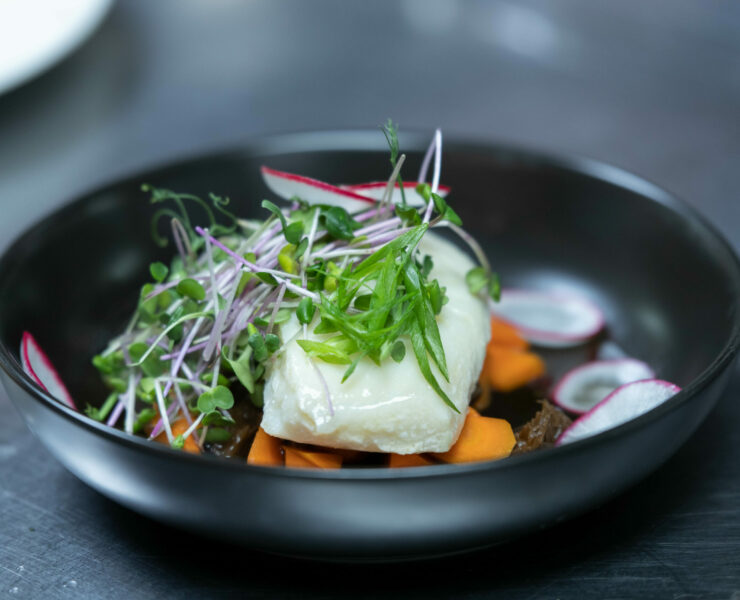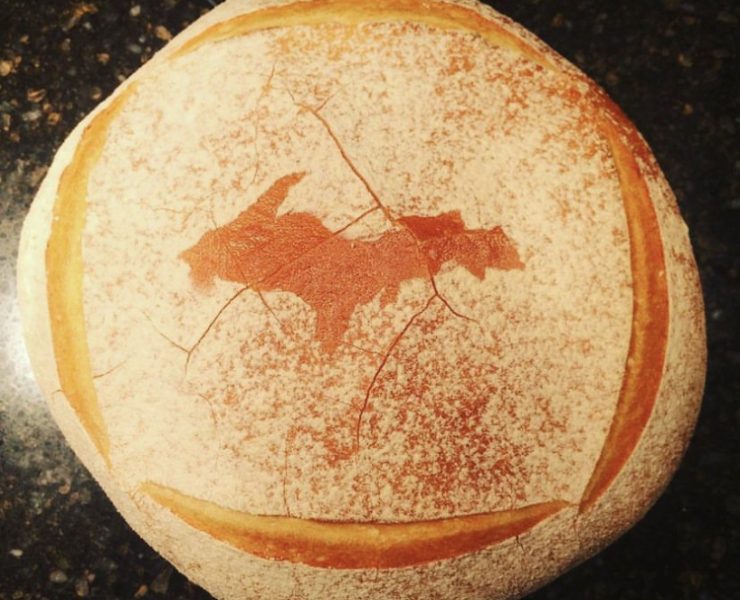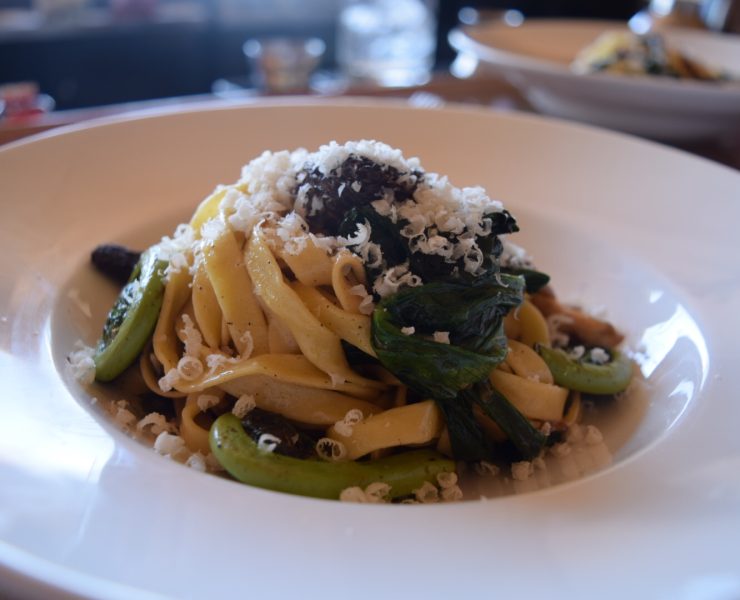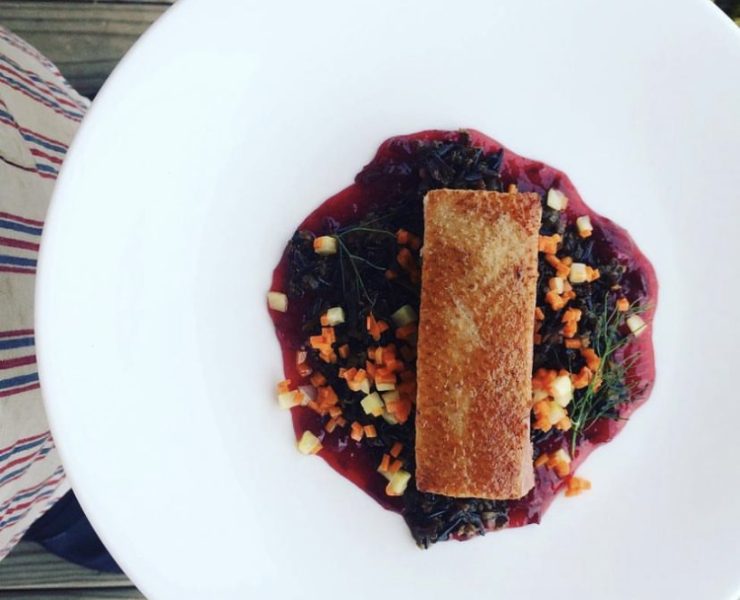

History of LCCS Kitchen Traditions

Inception

A Search Begins

Construction Begins

Chef Zach Schroeder

First Classes

Win X Award

Win Y Award

Featured In X Magazine/Show
Location
Experience The Les Cheneuax Islands
The Les Cheneaux Islands - Michigan's Wonderland
The Eastern Upper Peninsula of Michigan is a complex area in regards to tourism and commerce. Its key locations are steeped in the history of the French missionaries and voyageurs. The northern threshold, Sault Ste. Marie, was established as a mission in 1668. The mission of St. Ignace, just 46 miles away, was founded three years later, serving as the southern threshold, with the mighty Mackinac Bridge becoming the gatekeeper centuries later. The St. Mary’s River flows along the eastern edge, from the Soo to Drummond Island and on into Lake Huron, where, stretching west along its shoreline, is the archipelago of Les Cheneaux Islands. Twelve miles further is historic Mackinac Island, gracing the Straits of Mackinac as the crown jewel of the Great Lakes.
Mackinac Island mainly attracts one- or two-day summer tourists. St. Ignace, as a primary connection to Mackinac Island, shares that same demographic. Consequently, that type of summer tourism has driven the economy there since the early 1900s.
St. Ignace, in its attempt to expand the market, has promoted a wide variety of events on weekends and summer nights. Recently, both St. Ignace and the Island have brought in tall ships and cruisers for the summer season. St. Ignace also recognizes the advantage of encouraging winter sports, with pond hockey and special winter events as its drawing cards during the off-season.
The growth of casinos has increasingly dominated the St. Ignace and Sault Ste. Marie corridor, providing neighboring businesses with an increase in tourist dollars. Both cities are in the process of upgrading their museums, and Sault Ste. Marie capitalizes on its fascinating world of freighter traffic and historic locks. Lake Superior State University has dramatically stimulated the arts, and nearby Bay Mills College has brought Native American culture to new fronts.
The Les Cheneaux Islands area to the east draws a very different demographic picture. At one time it enjoyed the best sport fishing in all of the Great Lakes. However, the opening of the St. Lawrence Seaway allowed the invasion of the lamprey eel and the cormorant, virtually destroying that industry. Income became almost solely dependent on the summer residents, mostly represented by the wealthy families who had begun establishing themselves there in the late 1800s, as a result of the industrial revolution in Detroit, Chicago, Indianapolis, Cincinnati, Cleveland, Akron, and St. Louis. Fortunately, efforts in recent years to dramatically reduce the eel and cormorant populations have paid off, and a restocking program has led to a great resurgence of perch, pike, salmon, and bass.
The Les Cheneaux Islands are also renowned within the wooden boat industry. Tied in with the new wealth of the summer residents of that time, Chris-Craft’s first dealership was opened in Hessel in 1923, and, to this day, the annual Antique Wooden Boat Show draws thousands every August. The Great Lakes Boat Building School was established in 2006 in Cedarville, notably expanding the visitor market and economy year-round.
The Hessel Site
The quaint village of Hessel, with its simple, low-keyed life, lends itself perfectly to a boutique culinary venue. The town serves as a port for the Les Cheneaux Islands summer residents as well as sailors from afar. The LCCS facility looks out over Hessel Bay and the very attractive little marina, only a few steps away.
Game Resources, Growers, And Markets
Ten miles to the north begins a productive agricultural belt, embraced by the small towns of Rudyard and Pickford. Sustainable farming has become their focus, with well-supported weekly farmers’ markets. This area is ideal for supplying the School with pork, beef, lamb, buffalo, organically grown vegetables and fruits, poultry, eggs, and cheeses.
The spring woods that grace the escarpment between the two areas, afford rich carpets of leeks and morels; and hunting and fishing are rewarding activities and sources of food throughout all of the Upper Peninsula.
Key Demographics
Substantial core of sophisticated and well-to-do summer residents and marina visitors
Large number of local residents in need of vocational opportunities for job placement
Substantial increase in young retirees moving to the area, as well as young families
Large, award-winning sustainable farming community nearby
A wide variety of fish and game in abundant supply
A need for well-trained hospitality employees in the Eastern Upper Peninsula
The Les Cheneaux Islands - Final Synopsis
Michigan’s Eastern Upper Peninsula is a ready source of real food and real people. Generations of ‘Yoopers’ have taken pride in their heritage of family recipes using seasonal ingredients, growing and raising their own foods, foraging, and simple methods of preservation for the long winter months.
Our students are able to take advantage of this heritage, developing their own culinary knowledge and sharing in return. In just one year, they learn everything from sauce-making to menu design; they are schooled in sustainable farming and foraging, and taught how to attain the best out of the regional flavors at their disposal. In their final four months, they exercise their new skills in their own restaurant, learning all aspects of operating a successful restaurant, showcasing the sustainable foods of the area.
The school aims to stamp its mark on the cuisine of the Upper Peninsula while enriching the lives of students and locals alike. There is no need to rely on produce that’s been trucked for hundreds of miles: Les Cheneaux can be home to it all. The fresh ingredients are already here to more than please the eye and the palate, defining the dishes our students create. We hope that their efforts will, in turn, define the new cuisine of Michigan.
See What People Are Saying
“Even in these difficult times the Les Cheneaux Culinary School provides the perfect evening. Our Server was very careful with us as well as my gluten intolerance. My Chicken Saa'm was delicious and Lamb Loin was perfect!”
Margaret Campbell
“If you are within 150 miles of the Le Cheneaux Islands in Michigan's Upper Peninsula, you should add the Le Cheneaux Culinary School eating experience to your list of must-dos. The menu is creative and locally sourced, using only fresh ingredients. The excellent wine list and specialty cocktails put the dining experience over the top. This will be an annual visit for us!”
Libby Cheney
“Just wonderful. No better place to have an elegant dinner in the area. We made the trip over from Drummond Island and it was very worth it. The staff are attentive and kind. The cooks, while learning, know what they are doing. We will visit again for sure.”
Nick Rau

Present & Past Editions
Sign up for our Newsletter
Receive Les Cheneaux Culinary School news and updates to your inbox

